Explosions R Us
Who pays for billionaires' avarice and sci fi dreams?
(Listen to the radio version here.)
The world’s richest man has a horrible reputation for cutting corners on safety when it comes to the environment, wildlife, and human beings other than himself. Elon Musk always prioritizes his own profits above other considerations. He overruled his own engineers’ recommendations in 2021 when he stopped installing radar (lidar) sensors on his self-driving and driver-assisted Teslas. Those radar sensors are found on many mid- and even low-price vehicles, like my own 2018 Kia Niro hybrid.
When I’m sandwiched between two big trucks in my space in a busy parking lot and try to creep out, day or night my car warns me when a vehicle or person is approaching way before I could possibly see it. Thanks to these sensors, much more reliable than the proprietary cameras on Musk’s vehicles, my car warns me when any one—car, truck, motorcycle, bike, or pedestrian—is in my blind spot, keeps me well behind other vehicles when I’m using cruise control, and even notices and gives me an audible warning for a squirrel or chipmunk when I’m backing out of my driveway. Teslas lacking this basic safety equipment have crashed into emergency vehicles, their camera sensors not working well in the dark even in the face of flashing lights. Yet rather than investing in making the vehicles safer, Musk is working to get rid of the requirement for auto companies to report crash data.
Not even considering the enormous carbon footprint of every space launch, Musk’s Starlink satellites dominate the space junk incinerated in the earth’s atmosphere. They’re made mostly of aluminum and an average of about one reenters every day, hurtling at orbital speeds through the atmosphere, releasing aluminum oxide as they burn up. Aluminum ash accumulating at high altitudes worries scientists because of its potential to damage Earth's protective ozone layer, altering its ability to reflect sunlight.
And SpaceX rocket explosions have rained dangerous debris to earth—mostly on the ocean but also on land. Just a few weeks ago in January, an explosion scattered debris over the Gulf of Mexico and caused airlines to reroute, but Musk displayed a video of the explosion on social media saying, “Success is uncertain, but entertainment is guaranteed!” (Read that story on The Economic Times.)
Even blasting off successfully, every SpaceX launch discharges tens of thousands of gallons of what regulators classify as industrial wastewater into the surrounding environment, including vulnerable wetlands, as NPR learned through the Freedom of Information Act. (You can read NPR’s story here.) Both the Environmental Protection Agency and the Texas Commission on Environmental Quality have determined that SpaceX has been violating the Clean Water Act and levied fines totaling more than $150,000 against the company this past September. That may be chump change for the richest man on the planet, but Musk’s response is simply to do his best to dismantle those environmental regulations.
Musk famously wants to bring humans to Mars, believing we’re headed for environmental disasters and ultimate extinction here on earth even as he and his billionaire cohorts are making those disasters so much more likely. He couches his concerns in faux environmental terms. The above NPR story quoted him,“We are life’s stewards, life’s guardians. The creatures that we love, they can’t build spaceships, but we can, and we can bring them with us,” which is complete and utter bullshit—it took billions of years for the life forms we see here on earth to evolve to survive on this planet, and there is no way even a handful of animal species could possibly survive on another planet. The man who famously said at a town hall meeting, “If Starship did hit a whale, honestly, it's like the whale had it coming” is the one doing his best, with full approval of the current administration, to dismantle environmental regulations and shut down the parts of the government investigating him despite the fact that his companies have over $8 billion in government contracts.
The isolated Johnston Atoll was so important for nesting seabirds that in 1926, almost a century ago, Calvin Coolidge designated it as a refuge and breeding ground for native birds. It has been under the control of the U.S. military since 1934, with the U.S. Fish and Wildlife Service monitoring effects on wildlife. The atoll has been used as a naval refueling depot, airbase, testing site for nuclear and biological weapons, secret missile base, and site for the storage and disposal of chemical weapons and Agent Orange.
Those activities left the area environmentally contaminated and hurt nesting bird populations. The U.S. Air Force completed remediating the contamination in 2004. Since the cleanup, populations of nesting seabirds, especially the ethereally beautiful Red-tailed Tropicbird, have soared again.
Now Musk is planning on both launching and landing his experimental rockets on the Johnston Atoll, essential breeding habitat for at least 1.5 million seabirds of 15 species. Each bird spends the vast majority of the year out at sea, where it gets 100 percent of its food year-round, but can only nest on these tiny islands. Seabirds have incredible homing instincts for the spot where they were hatched, and once they nest on an island, they home straight there year after year,. Many may not even be aware of other islands to learn about alternatives.
Few Americans are aware of the Johnston Atoll National Wildlife Refuge, but Musk’s planned landing zones lie within waters used by the local fishing industry, overlap with humpback whale migration routes, and encompass areas of cultural significance such as Papahānaumokuākea Marine National Monument. The land is U.S. territory but is not part of Hawaiʻi, so the only oversight at all would be by the Air Force and federal agencies that Musk appears to be taking control of even as I type these words.
After launch, the upper stage of Starship is designed to crash into designated landing zones in the ocean, where it is intentionally exploded on impact to minimize retrieval risks and costs, even as it maximizes environmental damage. Although the possibilities for significant damage in such an important and sensitive area are enormous, the FAA did not require an Environmental Impact Statement!
Johnston Atoll has the largest nesting colony of Red-tailed Tropicbirds in the known universe. I got stunning photos of some when I was on Kauaʻi last year, but only small numbers nest there. Johnston Atoll is Red-tailed Tropicbird Central.
It’s illegal to disturb any of the vegetation on Johnston Atoll because during the breeding season, virtually every shrub holds a Red-tailed Tropicbird nest. But Elon Musk apparently figures as long as he’s running the government, none of the controls that have protected the atoll for two decades should affect anything he wants to do. If he does start using the atoll for launches and landings, obviously there will be plenty of people employees and contractors descending upon that vulnerable and fragile area, bringing possibilities of disease and invasive species to a rodent-free, unique habitat that we Americans are responsible for. And whenever there are explosions and crashes and toxic debris raining down, he’ll dismiss it as “entertainment.” If he doesn’t care about humpback whales, he certainly won’t lose any sleep over birds he’s never even heard of.
Note: The Honolulu Civil Beat published a commentary about how important public input on this is, so I feel really bad that I didn’t get this out long before the January 17 deadline the FAA set for taking comments. If you have good suggestions about useful actions any of us can take to help, please post them in the comments OR send me an email and I will post it in the comments as soon as I can. (I’m leaving February 14 and will be out of the country for two weeks.) Although ALL the content on my Substack blog is free for anyone via the website or email subscriptions, I do only allow paid subscribers to directly comment here to limit how much abuse I have to deal with whenever I talk about environmental issues. But you don’t need a paid subscription to read the comments.



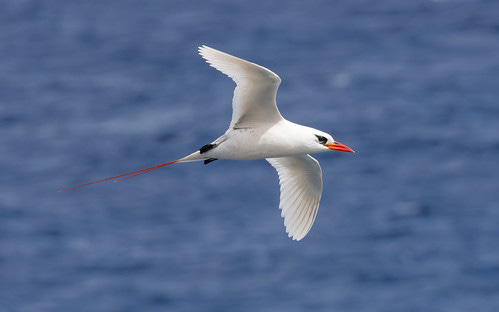
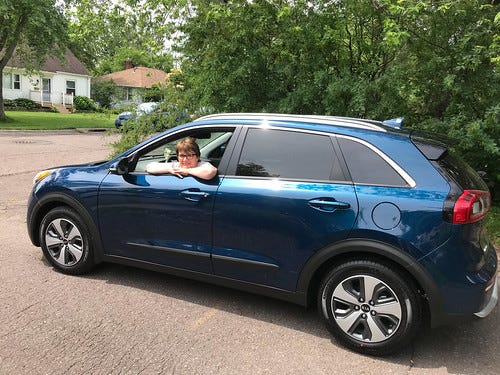
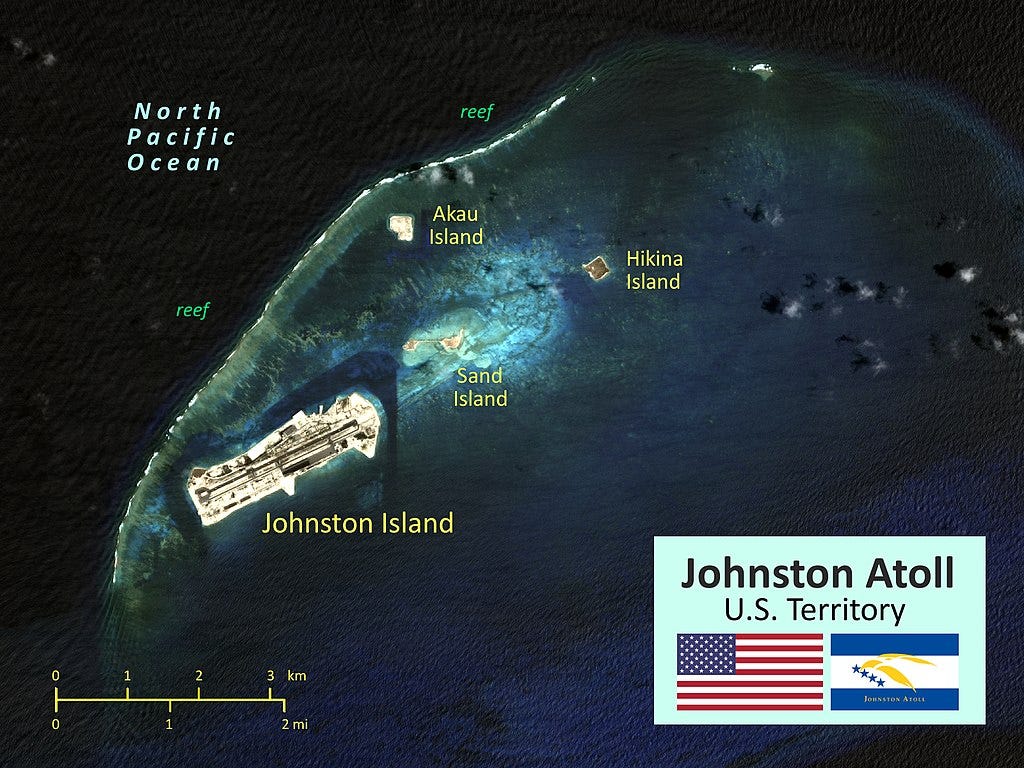
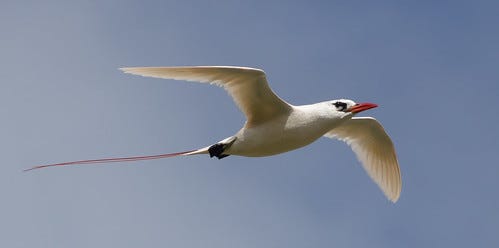
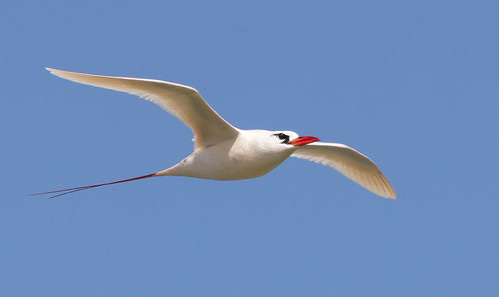
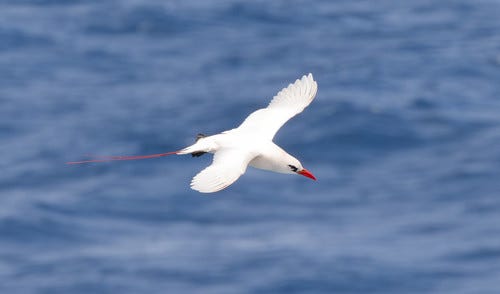
I heard from Dr. Kai Pflug 付恺 (博士) in Shanghai, who writes:
I fully agree with your assessment of Mr. Musk. For me, the whole combination of space travel and protecting the environment has never been credible at all - massive resources spent on getting a few rich people a space holiday ... and the long-term arguments about creating a second habitat for people are equally spurious and would in any case also apply to a few ultra-rich people at the expense of depleting the resources of the earth even more.
In my comments, I wanted to mention one thing about the reaction of German car buyers to Musk's support for right-wing German parties - sales of Tesla in Germany have slumped by 59% comparing January 2024 with January 2025. It seems that the typical Tesla buyer (upper middle class, environmentally friendly at least in his/her mind, liberal or left-wingish) is deterred while there is no sufficient pool of Nazi EV buyers to compensate ...
Best,
Kai
Thank you, Laura, for caring and sharing and informing us! I appreciate you more than these words can express.